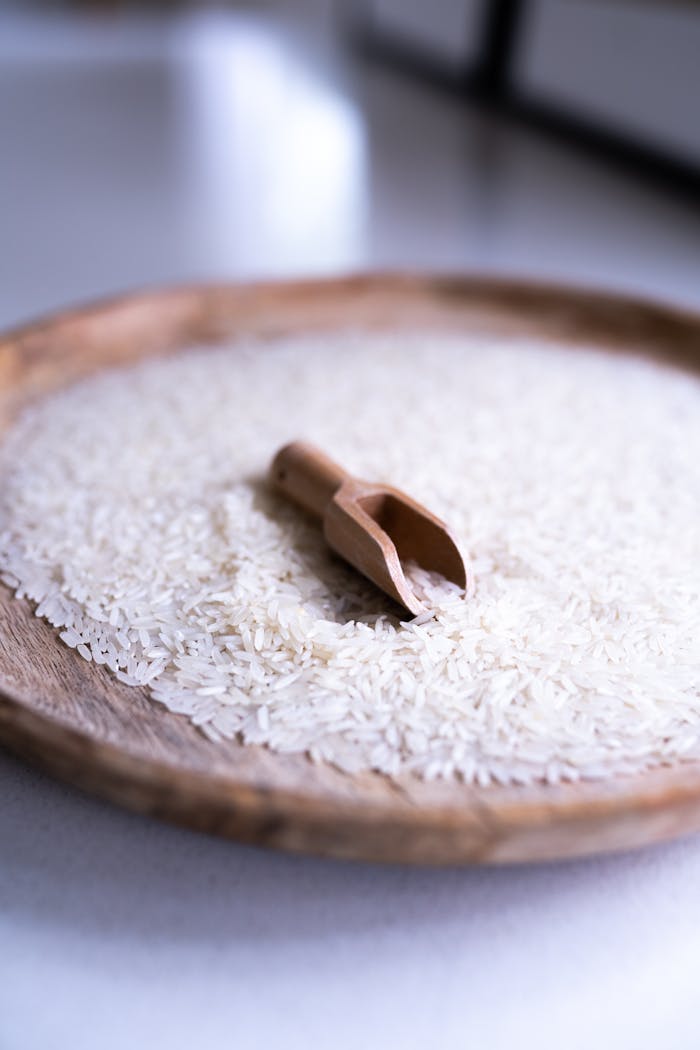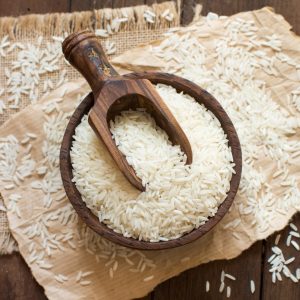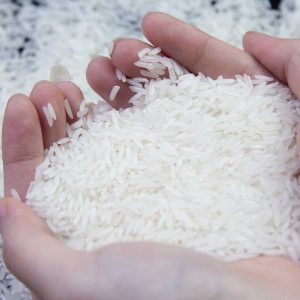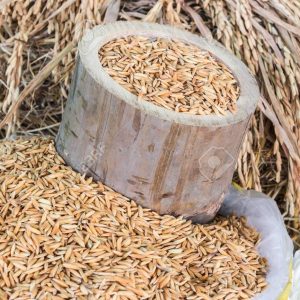White Rice: A Comprehensive Guide
Introduction
White rice is one of the most widely consumed grains in the world, serving as a staple food in many cultures. It is known for its mild flavor, versatile uses, and relatively quick cooking time. This guide provides a detailed look at white rice, including its processing, nutritional profile, types, culinary uses, and storage tips.
What is White Rice?
White rice is rice that has had its husk, bran, and germ removed. This process gives it a polished white appearance and a softer texture. The removal of these layers also extends the shelf life of white rice and reduces its cooking time, making it a convenient choice for many households.
Processing of White Rice
- Harvesting: Rice is harvested from paddy fields when the grains have matured.
- Threshing and Winnowing: The harvested rice is threshed to separate the grains from the stalks and winnowed to remove chaff.
- Milling: The grains undergo milling, where the husk, bran, and germ are removed. This results in the white, polished grains commonly known as white rice.
- Polishing: The grains may be further polished to enhance their appearance and texture.
Nutritional Profile
- Carbohydrates: White rice is a rich source of carbohydrates, providing a quick source of energy. It is particularly high in starch.
- Protein: It contains a moderate amount of protein, essential for muscle repair and growth.
- Vitamins and Minerals: The milling process removes many vitamins and minerals, but some varieties are enriched with nutrients such as iron and B vitamins (thiamin, niacin, and folic acid).
- Low in Fiber: The removal of the bran and germ results in a low fiber content compared to whole grains like brown rice.
Types of White Rice
- Long Grain White Rice:
- Characteristics: Grains are long and slender.
- Texture: Stays separate and fluffy when cooked.
- Common Uses: Ideal for pilafs, stir-fries, and as a side dish.
- Medium Grain White Rice:
- Characteristics: Grains are shorter and wider than long grain.
- Texture: Moist and slightly sticky.
- Common Uses: Suitable for risottos, paellas, and creamy dishes.
- Short Grain White Rice:
- Characteristics: Grains are short and round.
- Texture: Very sticky and clumps together.
- Common Uses: Perfect for sushi, rice puddings, and other dishes where a sticky texture is desired.
Culinary Uses
- Side Dishes: White rice is commonly served as a side dish, often seasoned or mixed with herbs and spices.
- Main Dishes: It forms the base of many main dishes, such as fried rice, rice casseroles, and rice bowls.
- Cultural Dishes: White rice is essential in many cultural cuisines, including Indian biryani, Spanish paella, Japanese sushi, and Chinese fried rice.
- Desserts: It can be used in sweet dishes like rice pudding and arroz con leche.
Storage Tips
- Dry Storage: Store uncooked white rice in an airtight container in a cool, dry place. It can last indefinitely if kept away from moisture and pests.
- Cooked Storage: Store cooked white rice in the refrigerator in an airtight container. It is best consumed within 4-6 days. It can also be frozen for longer storage.
Health Considerations
- Glycemic Index: White rice has a higher glycemic index compared to whole grains, meaning it can cause a rapid increase in blood sugar levels. It is advisable for individuals managing blood sugar levels to consume it in moderation.
- Nutrient Density: While white rice is less nutrient-dense than whole grains, it can be part of a balanced diet when paired with other nutrient-rich foods like vegetables, lean proteins, and legumes.
Environmental Impact
- Sustainable Farming: Opt for brands that emphasize sustainable farming practices, including organic farming, to reduce environmental impact.
- Packaging: Consider the packaging and choose products with minimal or recyclable packaging to support environmental sustainability.
Conclusion
White rice is a versatile and essential ingredient in many kitchens around the world. Its mild flavor, quick cooking time, and adaptability to various dishes make it a popular choice for both everyday meals and special occasions. Understanding its types, nutritional profile, and cooking methods can help you make the most of this classic grain. Whether you are making a simple side dish or an elaborate cultural recipe, white rice provides a reliable and delicious base.





Reviews
There are no reviews yet.